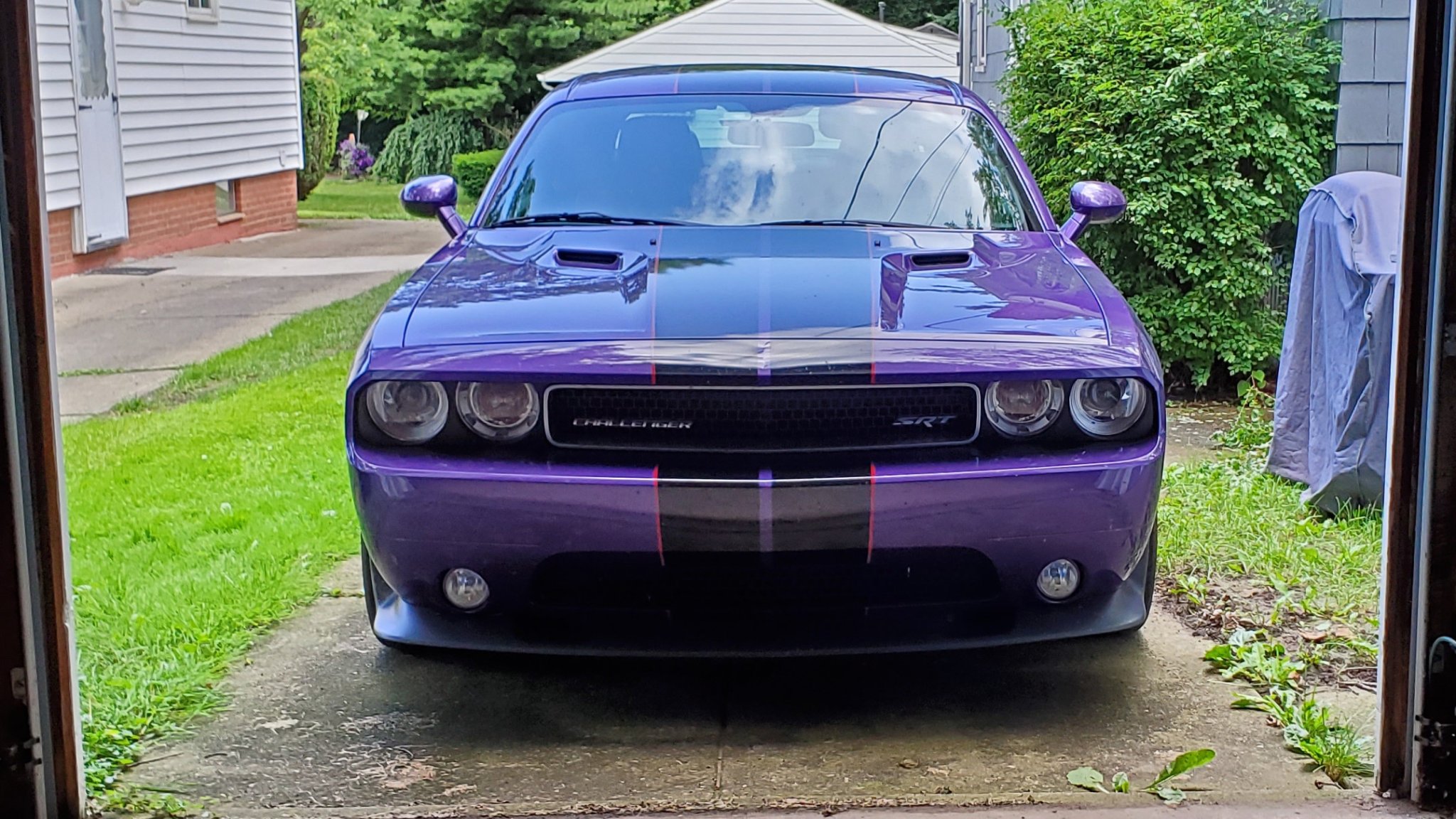
From the very core of my being, I want SRT to thrive. I grew up with Viper posters on my walls, a Viper wallpaper on my PC, Viper die-cast models on my dresser, and Viper-inclusive racing games on whatever platform I could scrape money together for. I even watched the awful Viper TV show.
Of course it was bad. It debuted when I was ten, and even I figured that out pretty quick.
Suffice it to say, the trickle-down marketing worked wonders on my impressionable young mind. I automatically liked anything R/T. Neons? Durangos? Not for me, maybe, but still neat. And when R/T became SRT and rumors began swirling of a revived Hemi V8, I was all ears. Dodge showed the new Charger in New York that year. I still have magazines with the coverage in a bin someplace in the basement.
On its face, it was proof that Dodge had a future selling something other than Chrysler re-badges with bright red paint. But it was more than that. It was big. It was bad. It was different. In a showroom full of four-door soap bars and bulbous pickup trucks, the 6.1-liter Charger’s big nostrils made it look every bit as sinister as the Viper.
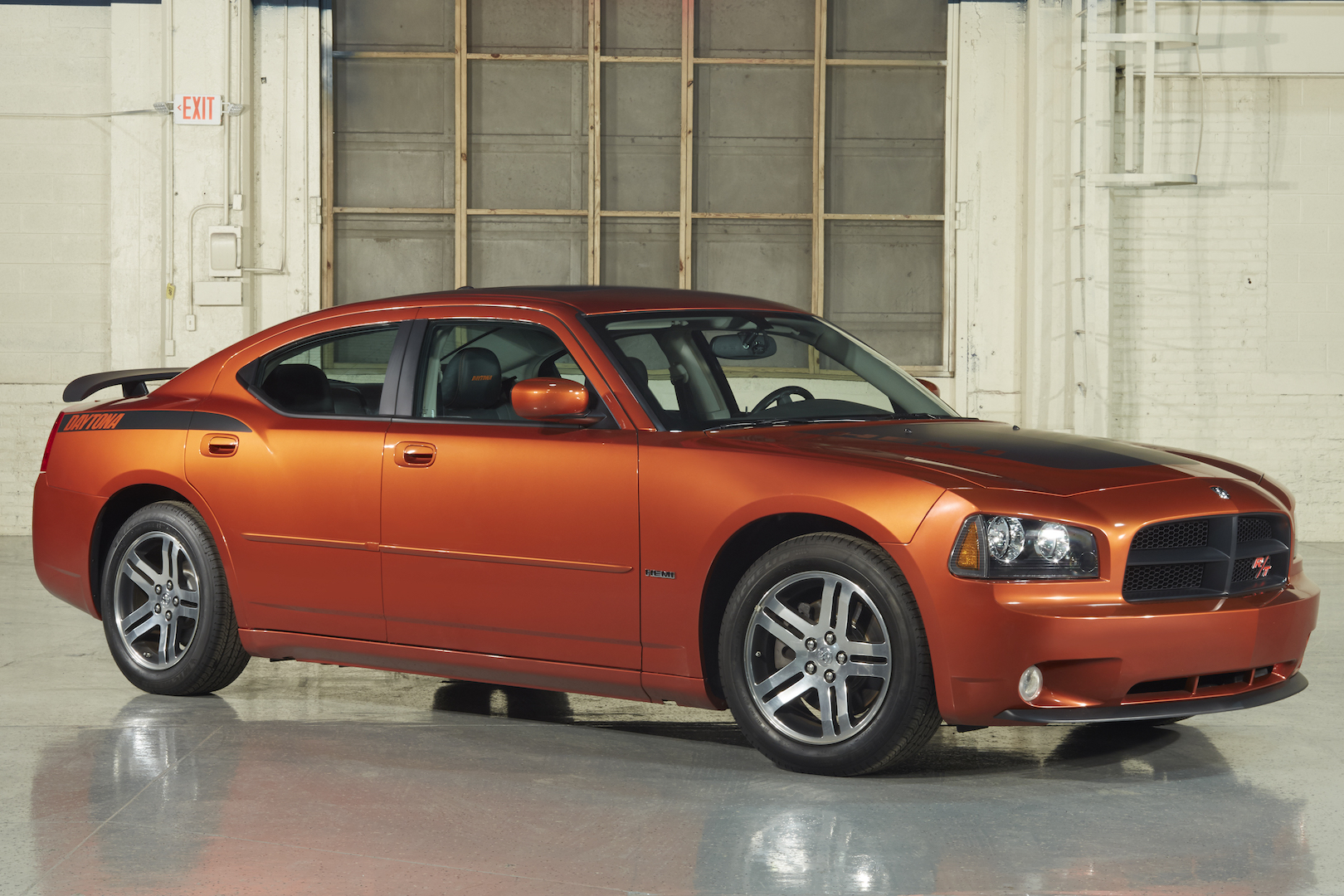
I should be hyped beyond belief by this week’s announcement that Stellantis is reviving SRT. But I’m not; in fact, I’m struggling to feel anything at all.
Don’t get me wrong, I see the parallels with the early 2000s. Much like today, Chrysler (at the time, half of DaimlerChrysler) was in a weird place. The “Merger of Equals” with Daimler was already starting to fray, but the two companies had already crossed streams with quite a bit of their development. The Dodge/Chrysler LX platform was a product of that intermingling—a Chrysler-derived chassis altered to fit several key Mercedes-Benz components, including front and rear suspension elements along with its five-speed automatic transmission.
But despite its new European backers, Chrysler was somehow broke. The Charger, 300, and Magnum looked great on the road, but their interiors were low-rent even by the standards of cars costing a third less. That cost savings extended to other key components, too. Not a single one of the company’s first-generation SRT-8 models shipped with a mechanical limited-slip differential. It wasn’t until the second year of Dodge Challenger SRT-8 production (2009, for the record) that one finally showed up. The Charger had to wait for its 2011 redesign. The 300’s performance variant was simply killed off instead, and the Magnum was gone entirely by the time things started to get interesting.
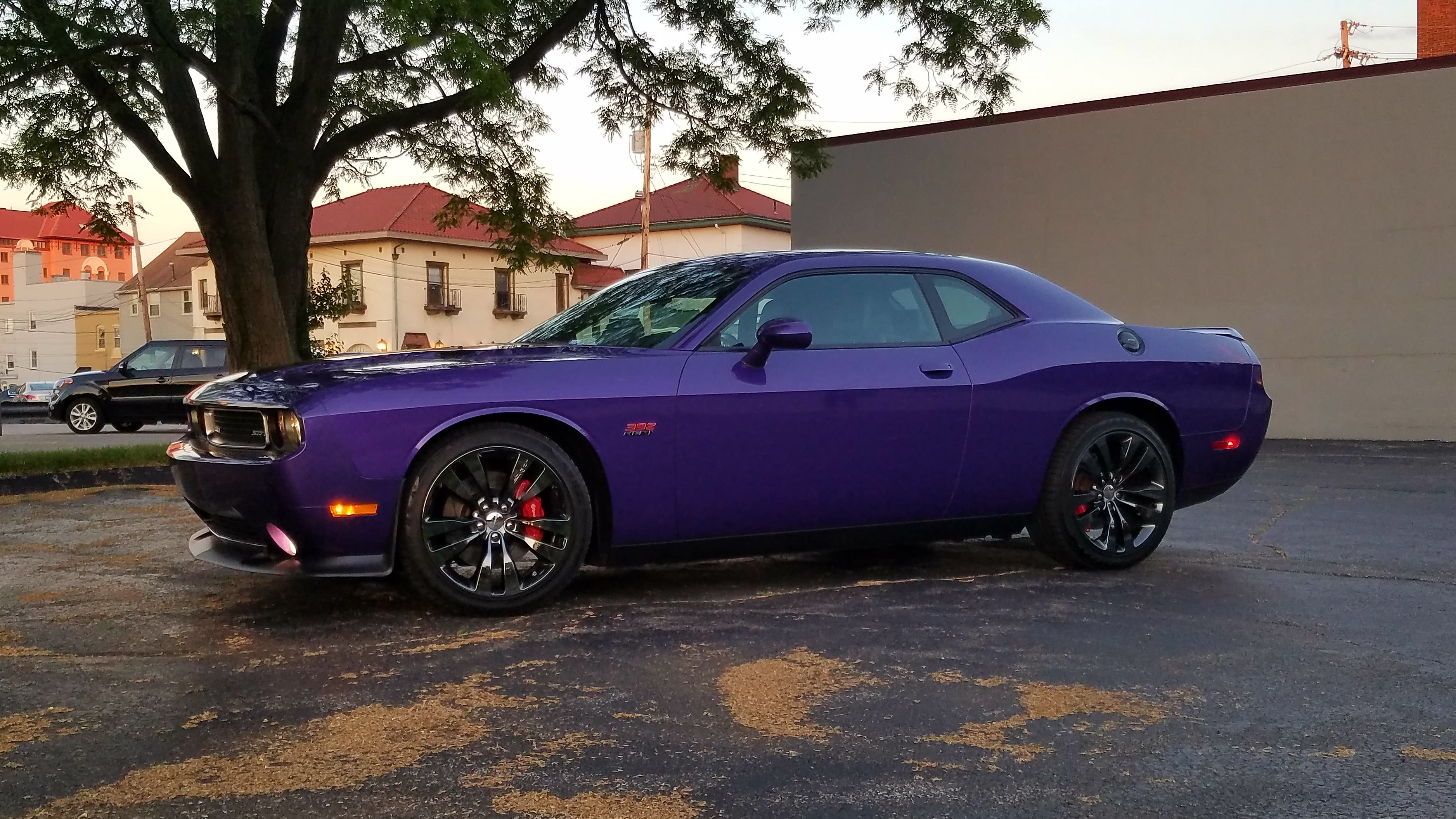
But what the big Mopars lacked in capability, they made up for in pure vintage charisma. And the timing couldn’t have been better. Everywhere you looked, baby boomer nostalgia was at its peak. Every old fart with a rusting ’60s muscle car seemingly expected to cash it in for a down payment on a retirement home. It didn’t hurt that gas was still relatively cheap, and the truck boom had American engineers all fizzed up over what else they could put big engines into.
What’s the saying? History may not repeat itself, but it often rhymes?
But despite those harmonizing threads, that sense of excitement is missing. And maybe that’s because what Dodge is proposing this time around isn’t new or different. In fact, if anything, it’s the literal opposite. The 2006 Dodge Charger was a melding of a new chassis with old components to create something that stood out in the showroom. This time around, it’s plainly obvious that they’re desperate to have anything in a showroom at all.
To be fair, if I’d struck gold with the Hemi the way Mopar did with the last generation of SRTs, I’d want to tap that vein again, too. But I’m concerned there’s not nearly as much left there to mine as SRT hopes.
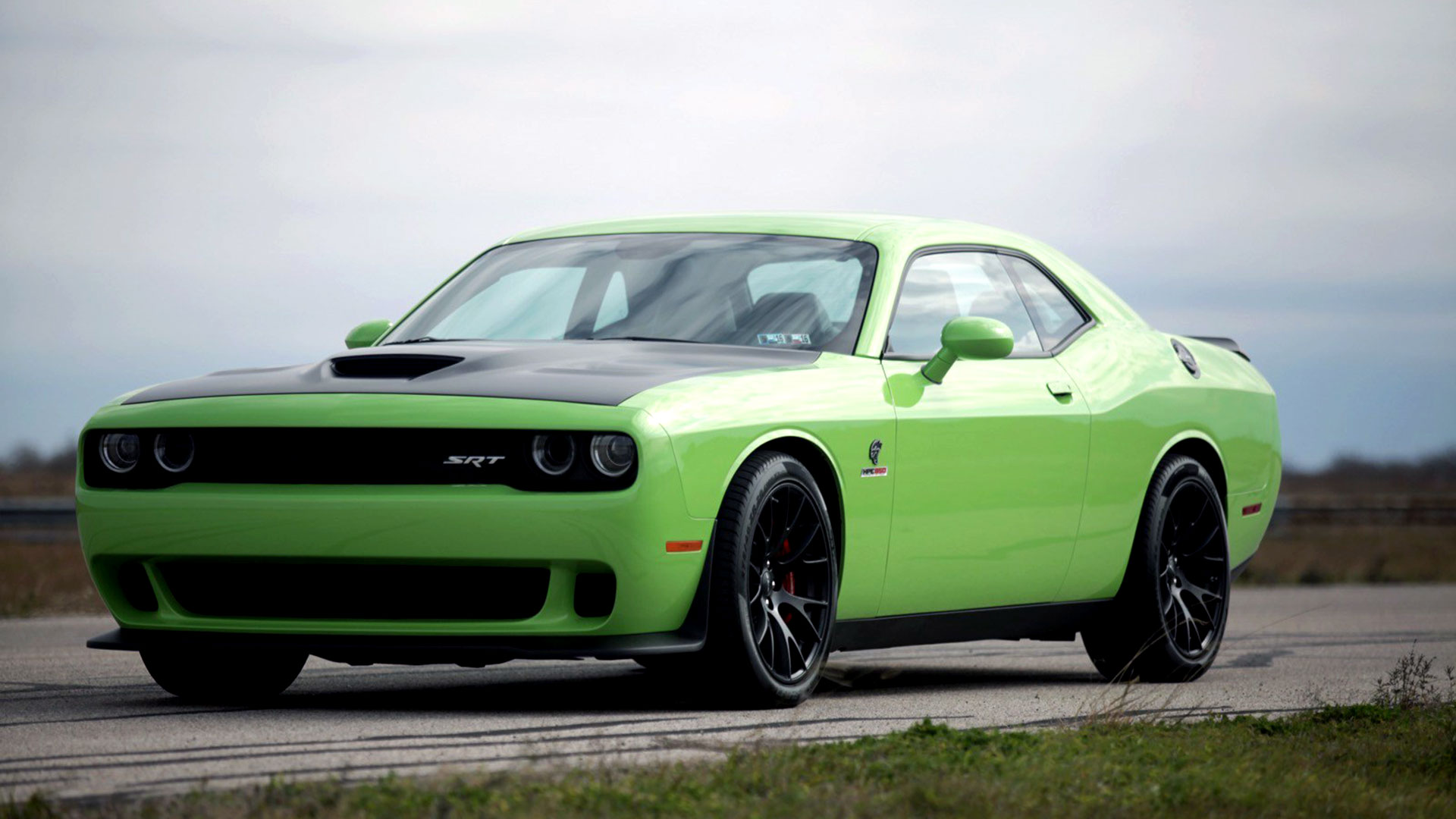
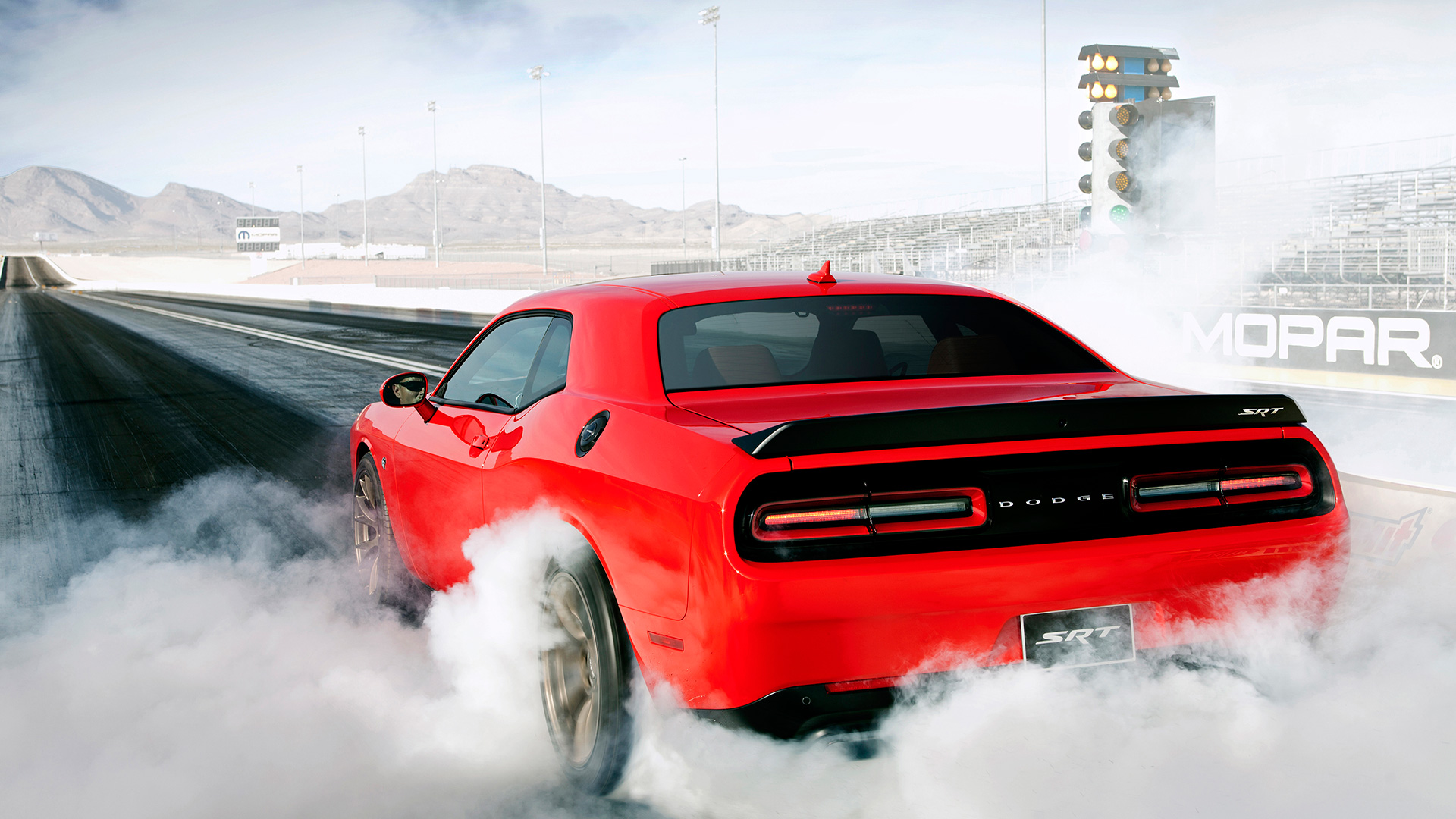

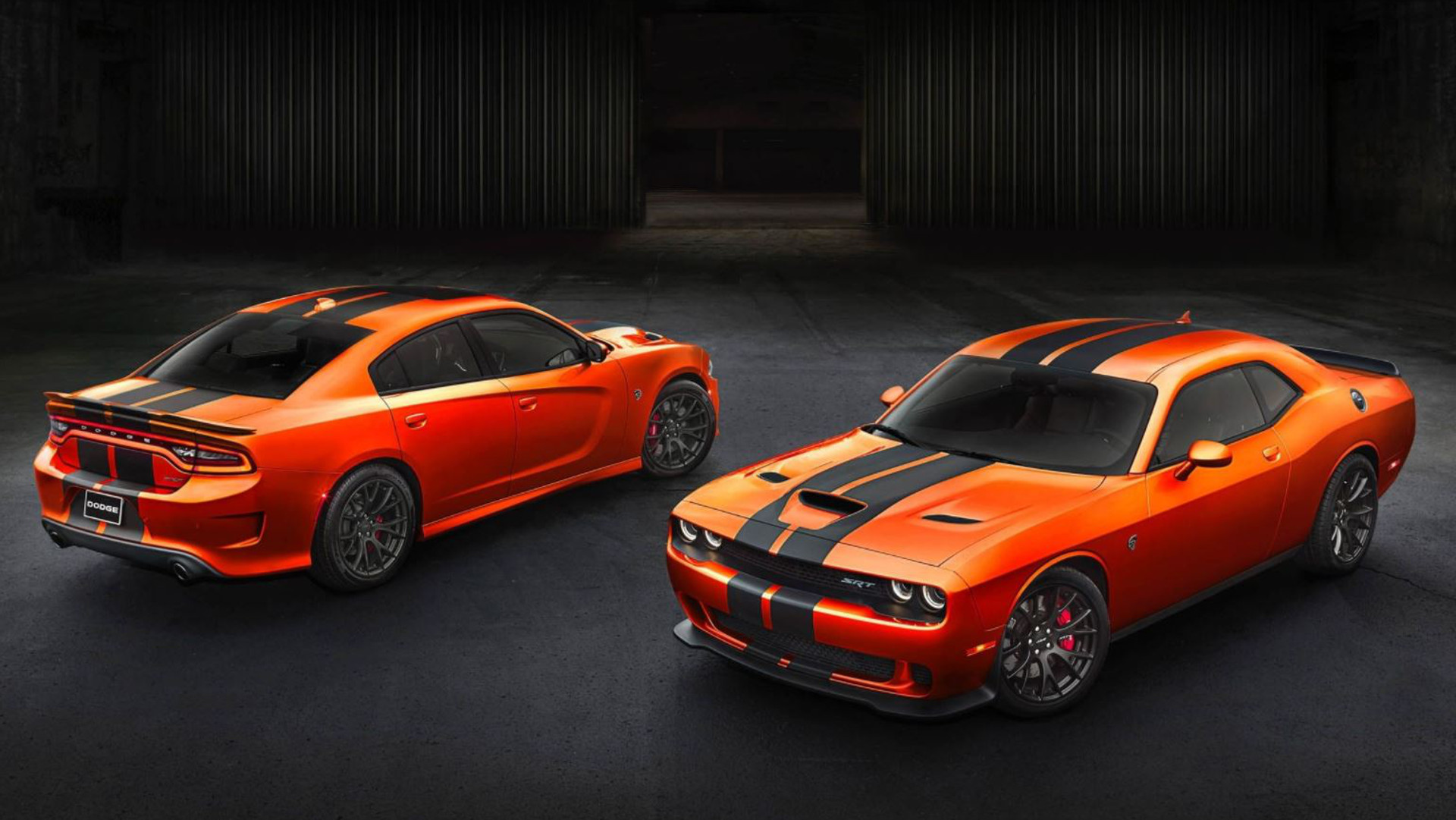
A brand-new V8 Charger was far too rich for my blood back in 2006; I had to wait 10 years for my turn at Hemi ownership. My Plum Crazy 392 was a gently-used 2013 SRT8 with the pistol-grip six-speed. It was everything I wanted it to be—big, dumb, loud, and yet somehow completely invisible to law enforcement.
It was a great car, all things considered, but once the novelty wore off, my interest faded quickly. I ended up selling it to Carvana in what was effectively a break-even deal during the height of Covid. Less maintenance and insurance—money I would have spent no matter what—I only paid about $1,500 out of pocket for four-and-a-half years of ownership. But despite my fondness for it, I have no desire to repeat the experience.
I get why this strategy is appealing to Stellantis; simply put, it was the last thing that worked, and there are still some within the company who remember how. And there are many out there like me who would love to see it succeed. So why not?
The ramp-up of the old SRT line was so accidentally perfect that I don’t think they’ll be able to replicate that success. It was the right idea for the moment, and a strong enough one that it managed to survive the relentless succession of not-so-ideal moments that followed it.
Maybe I’m wrong. Maybe the appetite is still there. As for me? Wake me up when there’s a new Viper.
Do you also like two-door sports coupes with big, dumb engines? Share your feelings with the author at [email protected].
